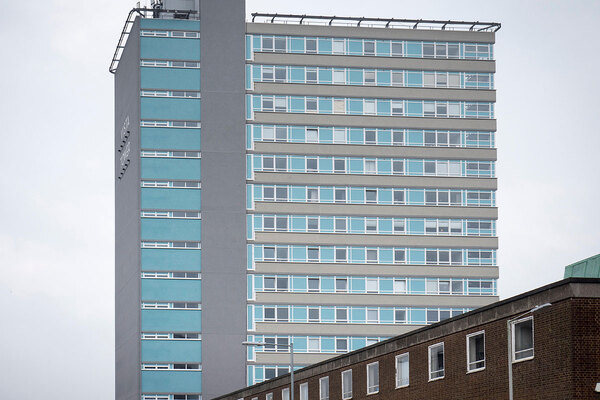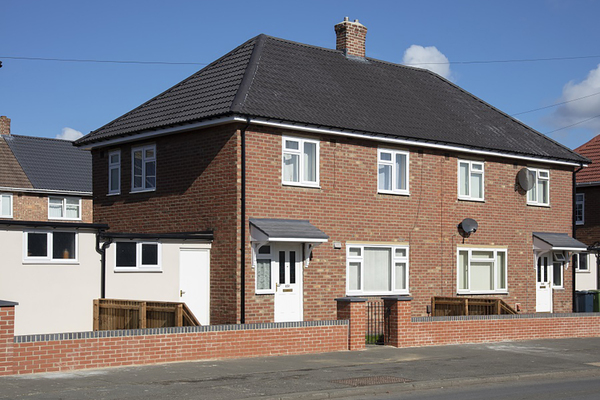You are viewing 1 of your 1 free articles
Risk management
Richard Wood, head of housing and health at Zurich Municipal, talks through the main operational risks for social landlords, from flood to fire
Today’s housing providers face a significant number of operational risks, from longstanding hazards such as escape of water to risks such as climate change, with long-range forecasts indicating that extreme weather events such as flooding and heatwaves will become more common. New challenges also include the use of more flammable building materials that can result in fire spreading more quickly.
Escape of water remains the most persistent problem: burst pipes, leaking domestic appliances, accidental damage caused by contractors, and overflowing baths and showers. This is responsible for 24% of household insurance claims, according to the Association of British Insurers, with the industry paying out £2.5m every day for losses relating to water.
“Failing to manage these risks can have severe consequences for an organisation - financial, operational and even existential.”
Weather too continues to pose a major operational risk to social landlords. In recent years, Britain’s weather has changed significantly; floods from increased rainfall are becoming more common. Researchers at the University of Oxford estimate that what was considered a one-in-100-year winter rainfall event is now a one-in-80-year event in the south of England - the risk of a very wet winter has increased by around 25%. It therefore comes as no surprise that senior managers within the housing sector consider the effects of climate change to be one of their top operational risks. Here, they face the challenge of budget cuts, but also the challenge of building new homes that meet increasingly tough regulations on environmental performance and carbon emissions while providing the resilience to protect their residents from flood and fire.
Fire has traditionally presented one of the biggest risks to social landlords’ operations, not only to the physical housing stock but also to the safety of residents. This is likely to escalate in future, as the increasing emphasis placed on environmental considerations drives the use of new methods of construction and building materials. These methods require a larger initial investment and may even present a greater risk in the event of fire or flooding. For example, the timber-frame construction used for many new housing developments lends itself to the rapid spread of fire.
While these risks can never be eliminated, preventing the fatalities and serious injuries of recent years must continue to be a priority. Social landlords should prepare for the risks facing them at the very earliest phase of design to minimise losses, reduce long-term maintenance costs and avoid disruption. Risk management strategies and mitigation processes will help providers to protect their customers, assets and reputations. Conversely, failing to manage these risks can have severe consequences for an organisation - financial, operational and even existential.
The management of these risks should be a core activity for all organisations. As the case studies in this chapter demonstrate, housing providers can draw on the specialist expertise of their insurance providers to identify preventative measures and to respond effectively in the event of an emergency.
At Zurich Municipal, we support our clients not only to protect their customers and buildings, but to ensure they will be around for the long-term to fulfil their mission for residents and communities.
Article written by:








